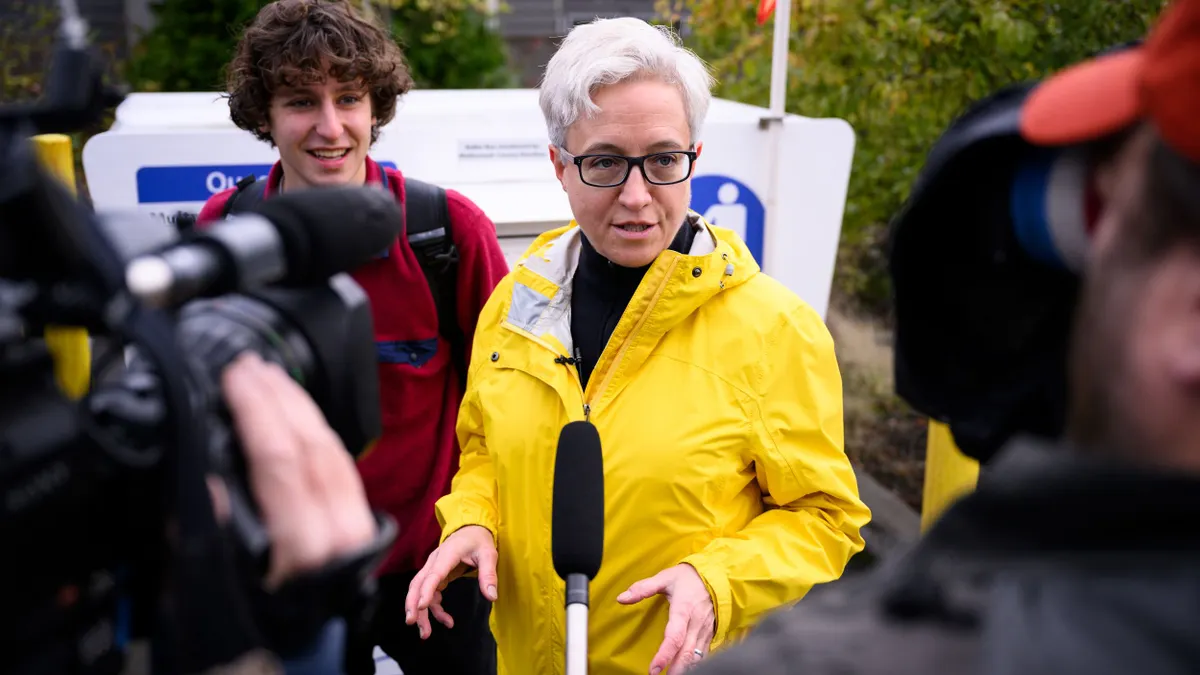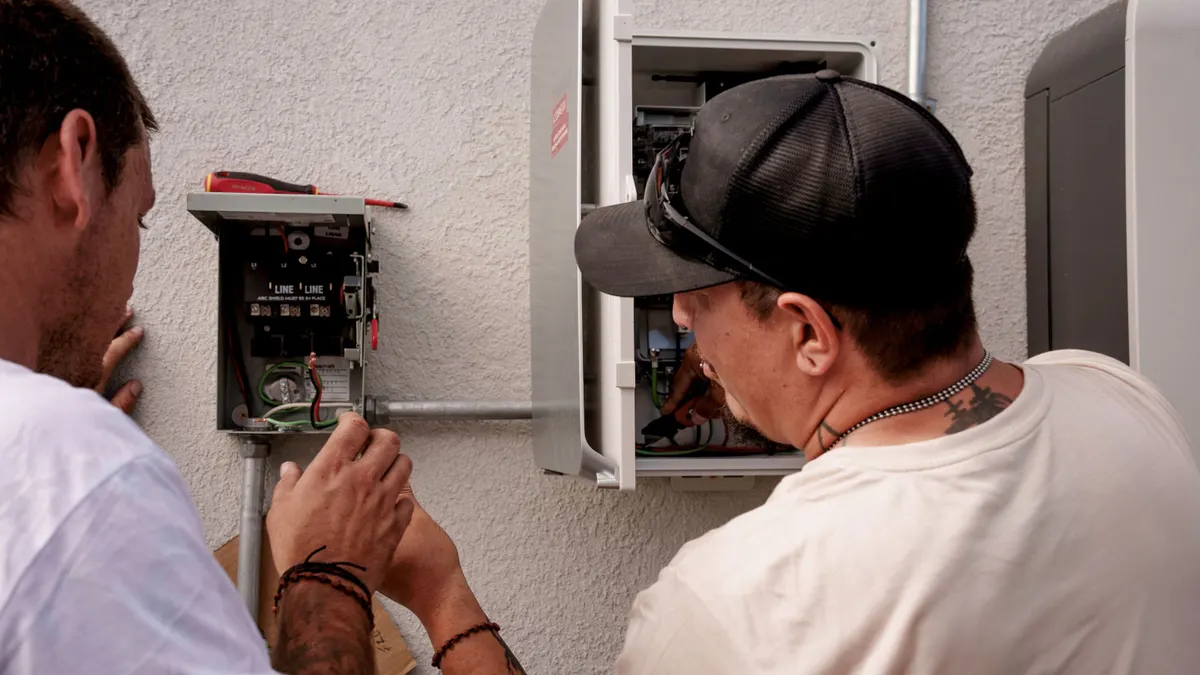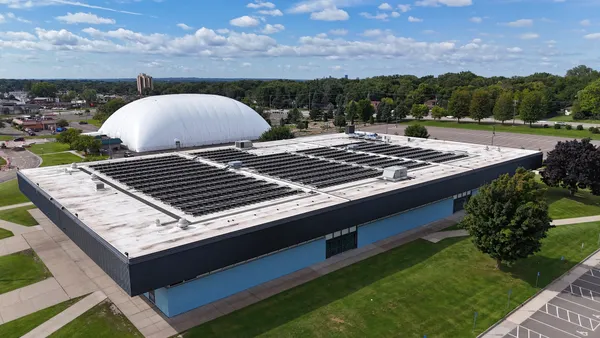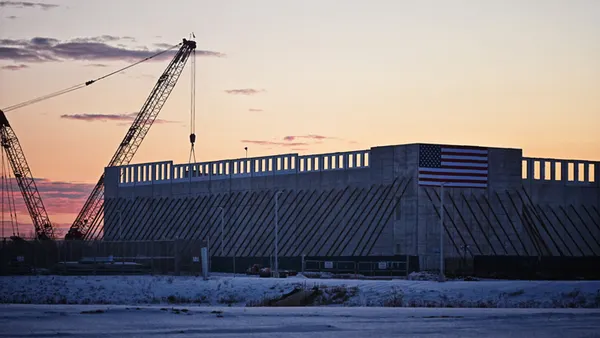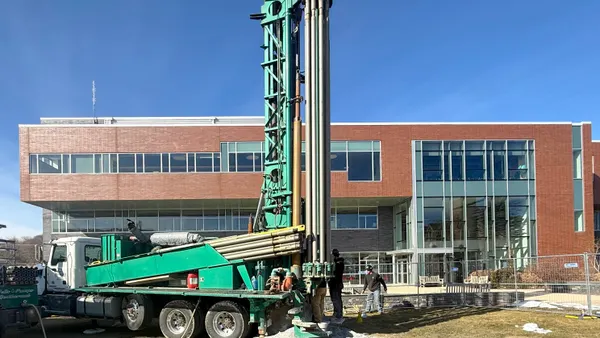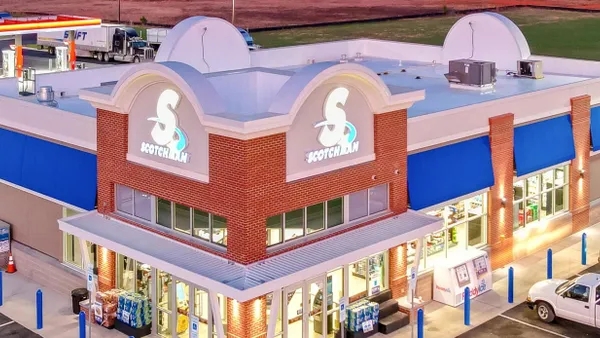Dive Brief:
- Oregon lawmakers have passed two bills that experts say will make facilities more resilient as the state’s power grid faces rising electricity demand, more frequent extreme weather events and repeated public safety power shutoffs to mitigate wildfire risk.
- HB 2065 and HB 2066 create “a first-in-the nation strategy to create a regulatory framework for building microgrids,” smaller-scale power networks that can operate independently from the main grid, Portland-based nonprofit Sustainable Northwest said June 27.
- “Oregon has passed the most ambitious microgrid legislation in the nation,” Dylan Kruse, president of nonprofit Sustainable Northwest, said in a statement. “These bills pave the way for clean energy innovation to support community resilience, energy independence, and cost savings across the state.”
Dive Insight:
The Oregon House of Representatives and Senate passed both measures with broad bipartisan support last month. Democratic Gov. Tina Kotek is expected to sign them soon, Kruse said in an email.
HB 2065 could reduce bottlenecks to microgrid deployment by allowing third-party consultants or contractors to evaluate customer requests to connect to the public power grid and requiring public utilities to approve or deny microgrid applications “based on safety, reliability and compliance with published standards.”
HB 2066 sets the stage for a predictable, efficient regulatory framework for microgrids across Oregon and could make it easier for communities to own microgrids, which Sustainable Northwest says is relatively rare in the United States, according to supporters.
It directs the Oregon Public Utility Commission to establish a regulatory framework for community-owned and private microgrids, requires the Department of Consumer and Business Services to set rules allowing existing buildings to connect to community microgrids and allows local governments to designate “microgrid zones” with special land-use regulations, subject to local utility or OPUC approval.
The two bills are more “ambitious and comprehensive” than other recent microgrid legislation, Kruse said in an interview.
“We’ve seen other states take swings at pieces of this, but more in pilot form,” he said. Though implementation will likely take a year or two, depending on how fast OPUC moves, the bills could provide a model for other Western states where grid reliability and power affordability are of growing concern, he added.
Rural communities are especially vulnerable to disruptions from extreme weather, wildfires and proactive public safety shutoffs, according to Kruse. “Those disruptions can be pretty significant,” he said. “You can lose power several times [a season] for several days in a row.”
Urban and suburban communities are vulnerable, too. Kruse’s own Portland-area hometown lost power for several consecutive days following an ice storm a few years ago, he said. Though energy is just one of the topics Sustainable Northwest addresses, the organization is seeing more microgrid interest from customers in more densely populated areas, he said.
Community microgrids combine individually owned solar, batteries and other energy generation or storage systems located at facilities that have high reliability or “uptime” needs, such as hospitals and health clinics, schools, police and fire stations, wastewater treatment plants, critical infrastructure facilities, data centers, grocery stores and other private businesses.
Those systems can save their owners money throughout the year by reducing the amount of power they draw from the grid, then act as an “island” from the main grid during emergencies “to serve the greater need of the community,” Kruse said.
“Community microgrids as a whole system are more about creating value than saving money,” he said.
Kruse said the new legislation could spur microgrid deployment across Oregon despite federal headwinds, including the recent GOP budget measure that drastically restricts eligibility for federal clean energy tax credits. State lawmakers anticipate less support from the federal government, at least for the next few years, and see the state bills as a “backup plan,” Kruse said.
“There is a critical shortage of energy generation capacity nationally [that] is apparent in the rising cost of energy,” Kruse said. “[Solar] PV plus [batteries] … will meet that demand.”
Though Sustainable Northwest is “not at war with utilities,” it and other resilience advocates will be watching OPUC closely as it implements the new microgrid framework to ensure it balances the interests of communities and bigger electric companies, Kruse said.
“We know the devil is in the details, and all these nitty-gritty technical regulatory questions are going to take time and resources to address,” he said.

